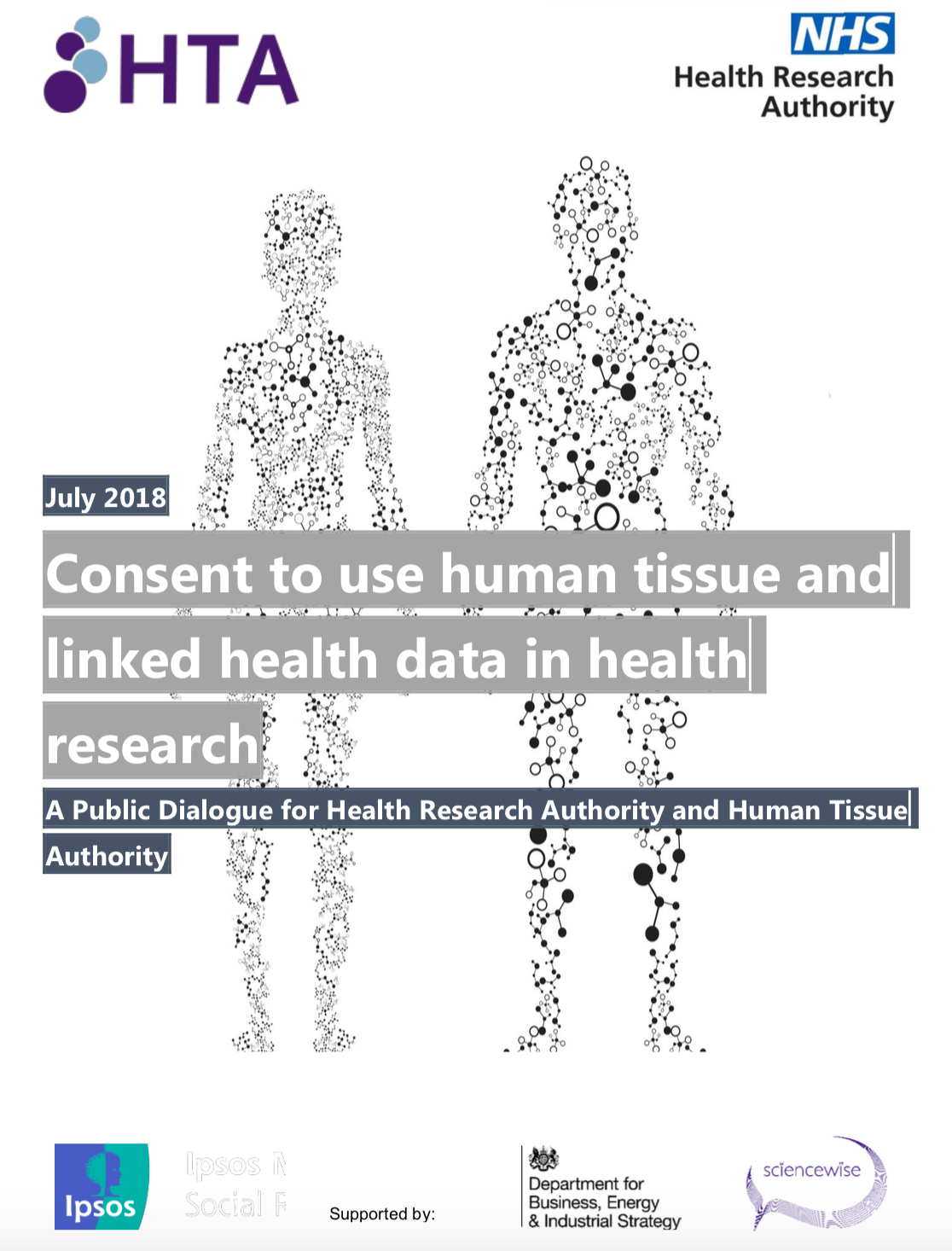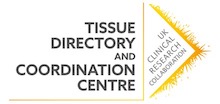Public support for transparency in biobanking
The HTA and HRA have released a report, Consent to use human tissue and linked health data in research. This report details results from a series of workshops where the public shared their views on the topic. Although intended for the HTA and HRA, it provides examples of how to strengthen public support for biobanking and research participation.
Consistent message about consent
Five years ago, the UKCRC Funder’s Vision for Human Tissue Resources promoted generic research consent to facilitate wider sample use. One action for medical research funders was to develop and promote detailed guidance on seeking generic consent.
The report continues to support this message about consent. Participants from the HTA/HRA workshops agreed that complex consent processes were not desirable. From the report:

“…they wanted something that was straightforward, easy to understand, and convenient. They therefore felt on balance that dynamic consent was too involved for it to be viable, though it offered advantages like the ability to adjust consent according to research projects. ”
Transparency about access and use
The participants in the workshop wanted to know how samples and data benefit medical research, and not go to waste. Therefore the report identified a strong public expectation for transparency, including:
- how samples and data are linked and used in research;
- who can access samples, including commercial researchers;
- who is designated to give access, including the membership and representation on access committees; and
- the type of research that has been enabled through donations, even if it is impossible to report where individuals' samples have gone.
The HTA/HRA have commented how they intend to address the concerns raised in the report by working on good practice standards.
The consultation process
Ipsos MORI was commissioned to undertake the work on behalf of the HRA and HTA. In addition to their staff, external experts were also present to answer questions about human samples and data in practice.
Ipsos MORI recruited participants that were broadly representative of society at-large, and facilitated reflection and opinion-forming through a group discussion format. This process really promoted informed decision-making as participants had the time to digest the information they were receiving.
UKCRC TDCC involvement
UKCRC Tissue Directory and Coordination Centre (UKCRC TDCC) staff represented the sample resource community in the process. They were also involved as experts and provided advice to the committee that oversaw the report. Materials such as the video (below) were provided as an introduction to the members of public who attended.
The UKCRC TDCC are considering how to support the findings of this project in the future. The UKCRC Tissue Directory already increases sample visibility so that samples are used whenever possible and not wasted. This is intended to save resources by not collecting samples when alternatives exist.
We will also support the findings on transparency by ensuring that sample resources can publish the number of access requests they have received over time. We hope that making requests visible can improve our understanding of the gaps that exist in terms of sample need, use and visibility.
Public influence on research
Not every potential donor will have the opportunity to learn about biobanking and data sharing in this type of considered format. Nevertheless, the report gives us insights into how opinions on biobanking and data sharing are shaped and can change. This insight can help make the consent process more satisfactory for both researchers and donors/research participants.
The report is worth a read by anyone engaged in biobanking and can be found on the HRA website.
